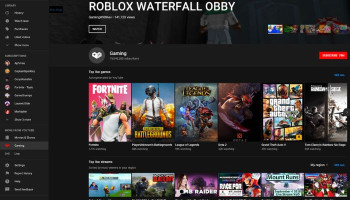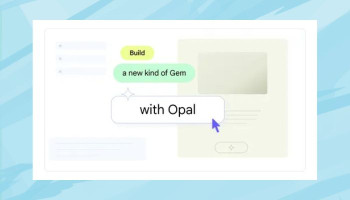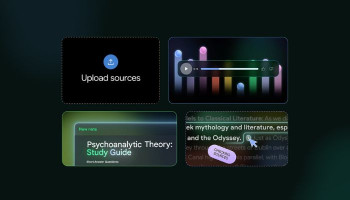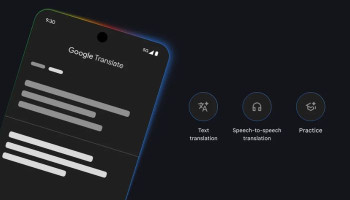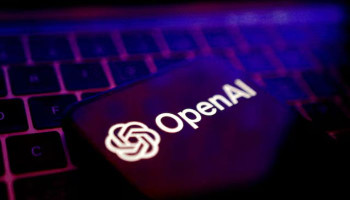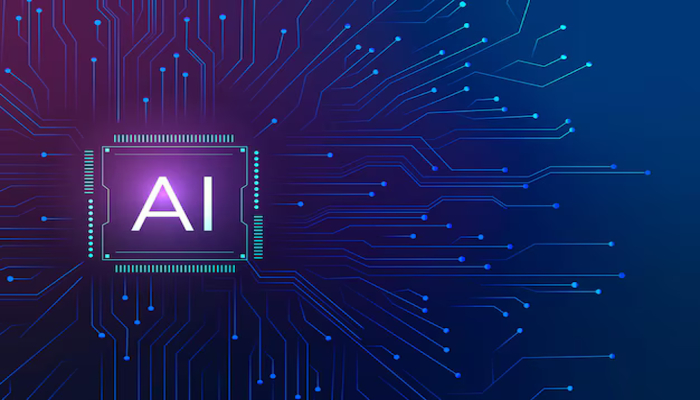
It's a no-brainer that the emergence of artificial intelligence (AI) has led to an explosion of deepfakes. To prevent such content from misleading people, tech giant Meta released Video Seal, a tool designed to label AI-generated videos across its social media platforms.
According to ID verification platform Sumsub, the number of deepfakes around the world has multiplied by four from 2023 to 2024.
These deepfakes make up 7% of all fraudulent activities taking place on the internet, including identity theft, account takeovers, and sophisticated social engineering campaigns.
The watermarking tool builds on the success of Meta’s other tools like Watermark Anything and Audio Seal.
“We developed Video Seal to provide a more effective video watermarking solution, particularly for detecting AI-generated videos and protecting originality,” TechCrunch quoted Pierre Fernandez, AI research scientist at Meta, as saying.
Video Seal resembles DeepMind’s SynthID, another tool to label AI-generated videos, and similar technologies rolled out by Microsoft.
“While other watermarking tools exist, they don’t offer sufficient robustness to video compression, which is very prevalent when sharing content through social platforms; weren’t efficient enough to run at scale; weren’t open or reproducible; or were derived from image watermarking, which is suboptimal for videos,” Fernandez noted while stressing Video Seal's supremacy.
What sets Video Seal is that it can implant a hidden message in videos which can be extracted later, helping in determining their origins.







